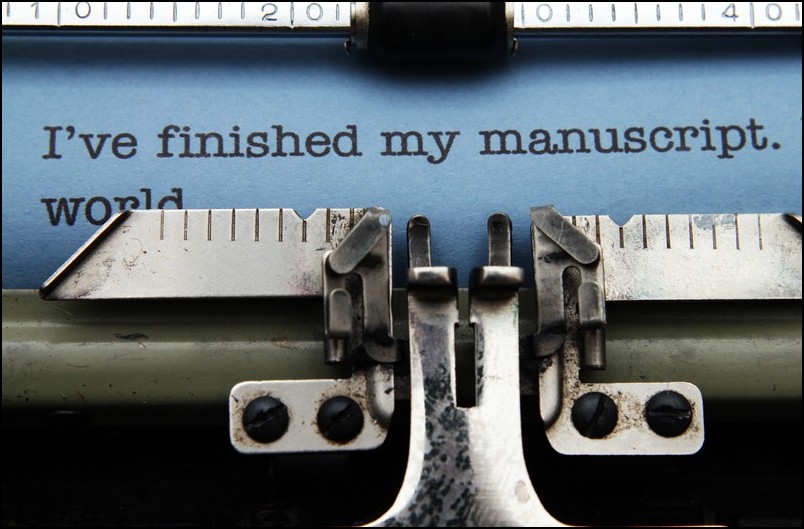
Dialogue in fiction: Part V – Writing your characters’ thoughts
Written fiction is the only art form that allows its audience to know a character’s internal, unspoken thoughts. Only in novels can a reader delve into a stranger’s mind and learn of his fears, his insecurities, his motivations, his rationale for planning a proposal of marriage or an affair or a murder. Because of this, it’s possible to develop a far more intimate relationship with characters in fiction than it is with those in film or on TV. Throughout the history of literature, authors have used the unique platform of the novel to reveal to readers their heroes’ and villains’ innermost thoughts, such as stream-of-consciousness (half thoughts, impressions, subconscious associations) or conscious inner talk.
